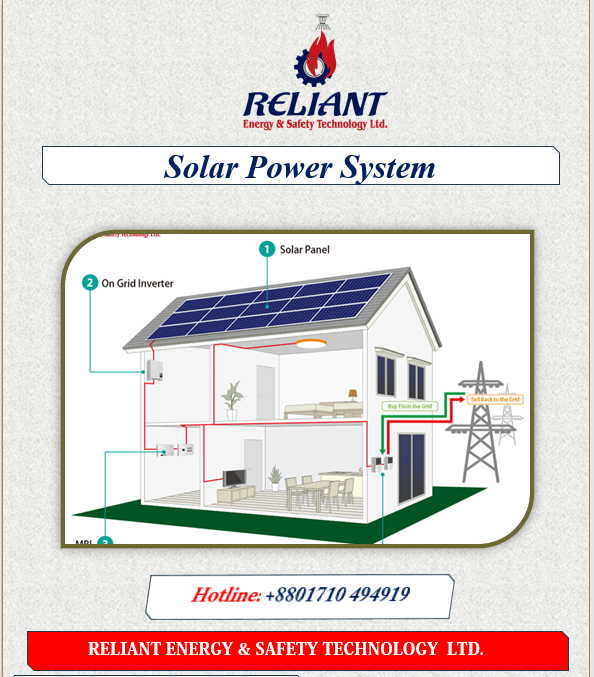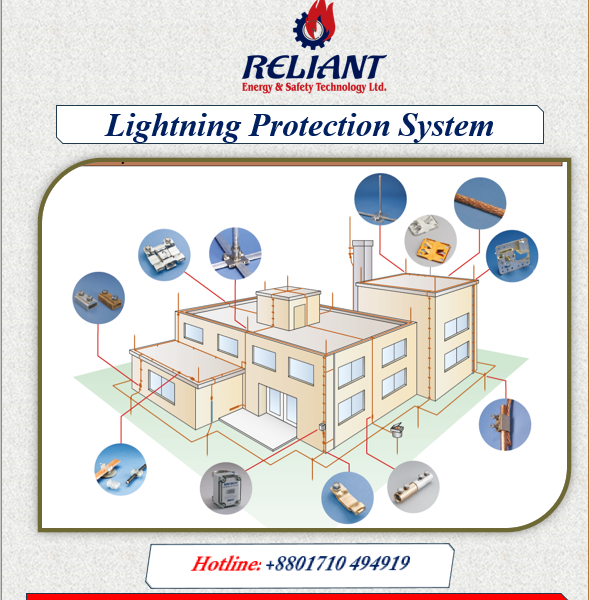A solar power system harnesses energy from the sun to generate electricity through photovoltaic (PV) cells, offering a sustainable and renewable energy solution:
Photovoltaic Cells: Solar panels consist of numerous photovoltaic cells that convert sunlight directly into electrical energy using the photoelectric effect.
Functionality: When sunlight strikes the PV cells, electrons are released, generating an electric current that can be used to power appliances, buildings, or stored for later use.
Types: Solar power systems can be grid-tied, standalone (off-grid), or hybrid, combining solar energy with other power sources.
Advantages: Solar power is clean, renewable, and reduces reliance on fossil fuels, leading to lower greenhouse gas emissions and environmental impact.
Energy Independence: Solar power systems empower individuals and communities to generate their own electricity, reducing dependency on centralized power grids.
Cost Savings: Over time, solar power systems can lead to significant energy cost savings, as they generate free electricity from sunlight.
Environmental Benefits: Solar energy helps mitigate air and water pollution, conserve natural resources, and combat climate change.
Installation: Solar panels can be mounted on rooftops, ground-mounted, or integrated into building materials, providing flexibility in installation.
Maintenance: Solar systems generally require minimal maintenance, with occasional cleaning and performance checks.
Global Adoption: Solar power adoption has grown rapidly worldwide, driven by falling costs, government incentives, and increased environmental awareness.
In summary, solar power systems harness the sun’s energy to produce clean electricity, offering environmental benefits, energy independence, and long-term cost savings. They represent a key solution in the transition towards a more sustainable and resilient energy future.






Reviews
There are no reviews yet.